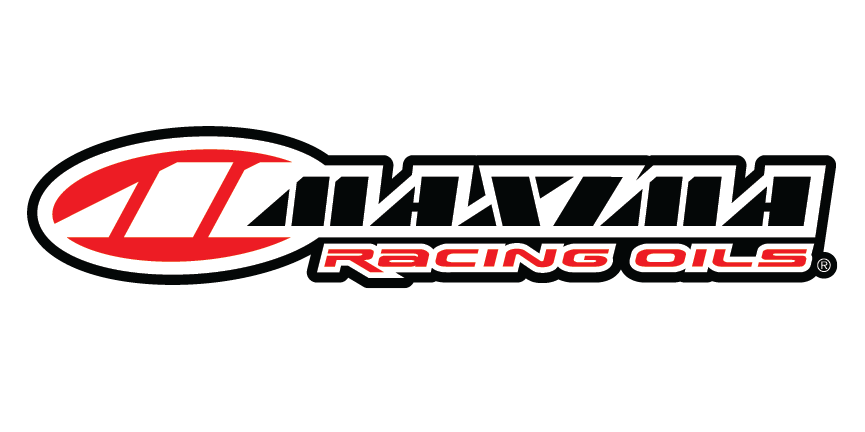100% IMPROVED CLEANLINESS
Deposit control was also improved, in part due to the increase in oxidative stability. Oxidation byproducts are known to form the precursors to unwanted deposits, making oxidative stability the new oils’ first line of defense against harmful buildup. An additional and significant step to improve deposit control was a complete overhaul of the dispersant system, which are the components responsible for keeping contaminants from accumulating on engine surfaces by “dispersing” them throughout the bulk oil. The new dispersants, produced by a completely different and novel process, provide 100% improved cleanliness per unit concentration, drastically reducing engine deposits.
